Arts & Culture
Golden Prince Hotel’s Sinulog Royalty Experience
Golden Prince Hotel celebrates a unique Cebuano Royalty experience by making a line up of activities incorprated by the festive mood of Sinulog 2019.
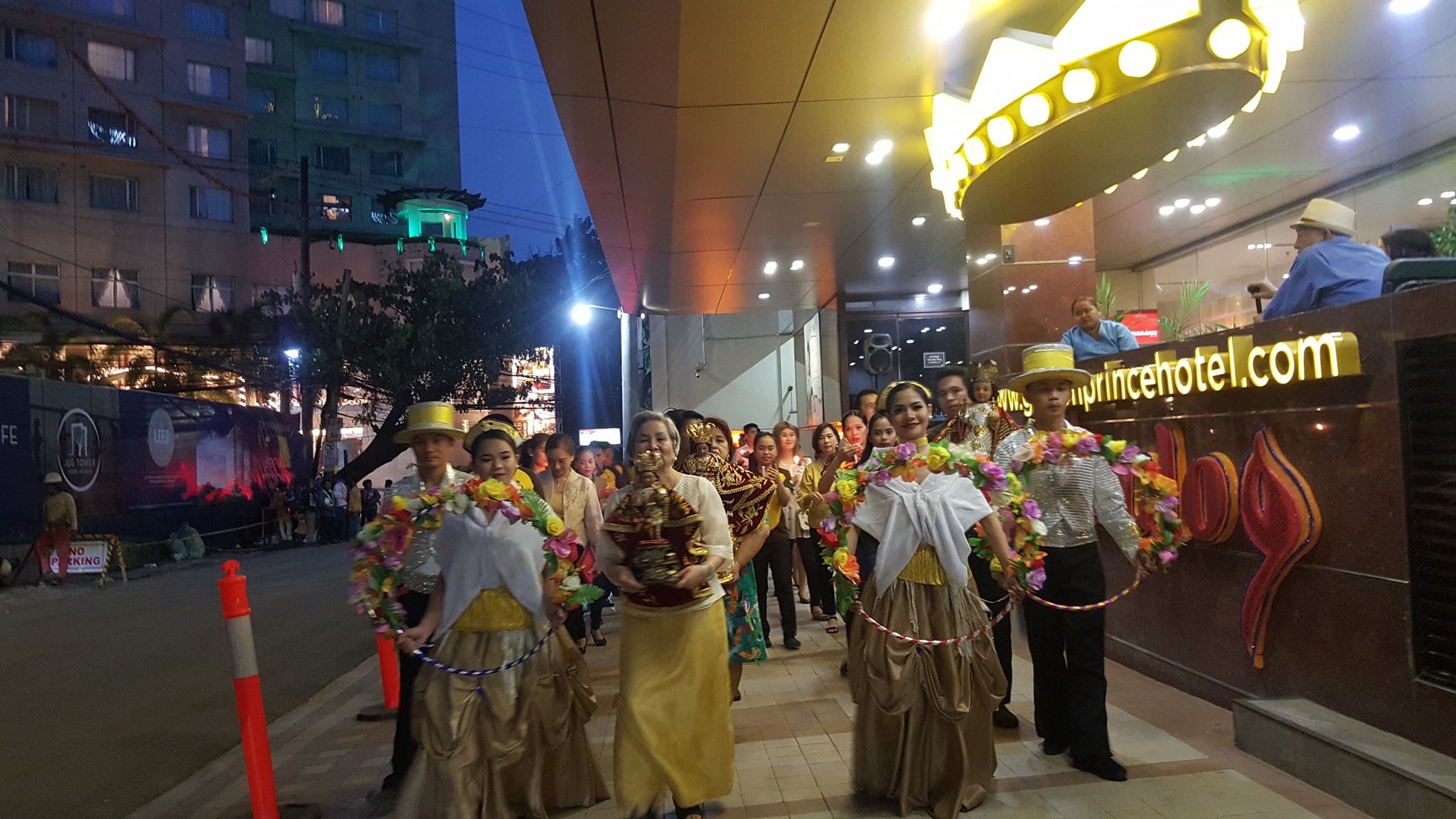
- Collections of Hijos de Maria
- Festejado: Santo Nino de Cebu by Doxch Tiro
- El Nino Rey Salvador del Mundo by
- Sleeping Santo Nino by Alvin Agnes
- Sleeping Santo Nino by Alvin Agnes
- Santo Nino de los Desamparados by Alvin Agnes
- Santo Nino de la Consolacion
- Nino de Cebu
- Nino de Cebu owned by Mark Steven Go
- Santo Nino owned By Ellis Mendez
- Festejado de Santo Nino owned by Doxch Tiro
- Sleeping Santo Nino owned by Alvin Agnes
- few members of Hijos de Maria (Mark Steven Go, Doxch Tiro, Ellis Mendez and Alvin Agnes)
What Cebu embodies and strengthen their religious endeavour is venerating the Holy Child, Jesus. Since Spanish times, the symbol of Santo Nino de Cebu has been a symbol of hope by the Cebuano people that whenever in trouble, there is always the child Jesus who reminds us that love conquers and hopes all in good things. Reflecting with us Filipinos who also loves children the way we love the image of the Santo Nino.
Golden Prince Hotel, one of the most Cebu culture-focused hotels that promotes only not how Cebuanos be top-tier in hotel accommodation but also how they introduce the richness of Cebuano culture that presents them as one of the unique hotels around town. Last January 11, they gladly hosted Bato Balani sa Gugma: Pasundayag sa Kapistahan sa Sugbu, activity lines up with an exhibit of Santo Nino figures and images collected by equally loving devotees of Santo Nino de Cebu. Bato Balani is a song of “Pasalamat”, which is a Cebuano word meaning: thanksgiving. It was highlighted with an exhibit of different images of the Santo Niño. About 15 images were on display at the hotel lobby owned by 12 collectors from Hijos de Maria, Doxch Tiro, Ruel Manzanares, Kevin Mahusay, Ellis Manuel Mendez, James Donell Guinitaran, John Paul Anore, Jessam Felicano, Mark Steven Go, Alex Cedeno, Alvin Agnes and Alexandre Pierre Pardillo Heyrosa. Images has their own interpretation and style of how they were portrayed as the child Jesus and some of these collections are dated way back in the late 1900s that are well-kept. Unlike collecting toys or in any other hobbies, this group of “collectors” does not only keep these images for the sake of collection but it is also an expression of love for Santo Nino whole year around and not only for Sinulog.
According to Ellis Mendez, the core of these images is always to reincarnate the love of God and one way of expressing devotion since Filipinos has different kinds of showing their love for God, there’s them who keeps Santo Nino images. “It is also part of us being Filipino to be child-loving in a view whenever we see a child or a baby, it is the same joy we feel whenever we see or keep the “Ninos”, Ellis added. It is not only from collecting they stop but also in taking care and dressing them with its intricacy of design from how they should be dressed up to the right materials also matter. Mark Go, who owns 2 oldest pieces of his Ninos, observed that some of the images in Cebu or few of the establishments has alters of how they are dressed up disregarding the sacredness, though it is dressed in many ways, there is always a formal and scriptural correct way of how the clothes are fit for the Child King, emphasizing the regality and beauty of the image.
What strikes among all of the images is the “Sleeping Santo Nino” by Alvin Agnes, the uniqueness of how a very peaceful portrayal of a resting baby Jesus resonating the calmness and love of its face. Alvin started as a devotee of Santo Nino de Cebu and wondered as to how is he going to strengthen his love for God and figured out to keep Santo Nino images till he found a group who collects them as well. The Sleeping Santo Nino came from Manila and was originally part of a “Belen” or the Christmas portrayal of the Holy Family in the manger. “Even though he was born in the manger, nations have already respected this image who said would be the Saviour, despite its vulnerability it still the same Jesus we venerate.” Agnes added.
Another beautifully-dressed and crafted Nino owned by Doxch Tiro, the Festejado: Santo Nino de Cebu which was recognized to by regal colors and very detailed accessories and has been endorsed in a lot of campaign materials for Sinulog. “Because of the love for the Nino, we are always particular to its materials as we want them to present them in its glorious form and something not from the ordinary.” Images are displayed in the lobby for viewing, reminding us that the Sinulog Celebration is not only the parade of dancing colors or the parties that follow it but also how we are reminded of the share of religious faith we had as a Cebuano believing that Santo Nino de Cebu is the reason and should be paid homage to.
As Golden Prince continues their Sinulog kick-off, line-up of activities continues with guests both local and foreign, experience a festive welcoming mood with the theme: Bulawanong Sinulog with the drumbeats of Abyan Ensemble and dance performances by the 10G Troupers.
For guests who want to try local favorites such as Lechon, it will available during lunch and dinner buffets at, Le’Mon Restaurant. Guests can also fully immerse themselves at Cebu’s First Heritage Home in a Hotel: our brand new Kabilin (Heritage Lounge), for some merienda (afternoon snacks) from 2pm onwards.
A special Sinulog room promo is also available for those who won’t make it to the Sinulog weekend. “Yay! It’s Sinulog Friday” is an overnight stay only for January 18, 2019 at a Deluxe room with breakfast for two, Painit sa Kabilin (snack buffet) for two, and Brewed Coffee (at Q Cafe) for two.
To make your Sinulog 2019 memorable, celebrate it with the only hotel in Cebu that provides a Unique Cebuano Royalty Experience! For more details, visit www.goldenprincehotel.com or (032) 230-1500 for room reservations; (032) 230-1555 for banquet inquiries; (032) 230-1588 for dining options.
Arts & Culture
Queer Coding in Cinema: The Best Shows to Binge for Pride Month 2025

compiled by Edge Javier
As Pride Month 2025 goes into full swing, the best way to celebrate LGBTQIA+ voices is with a binge-worthy lineup of shows that center queer stories, joy, love, resilience — and yes, of course, drama. From groundbreaking recent series to must-watch staples and fan favorites, here are the top shows to stream this June that reflect the vibrant spectrum of the queer-coded experience.
1. Heartstopper – Season 3 (Netflix)
Nick and Charlie are back, and the coming-of-age sweetness is stronger than ever. Season 3 explores deeper emotional territory while keeping the wholesome tone fans adore. Expect more queer joy, nuanced relationships, and tearjerker moments that feel like a warm hug.

2. Drag Me to Dinner (Hulu)
Hosted by Neil Patrick Harris, this chaotic culinary competition pairs drag duos in a battle to throw the most fabulous themed dinner party. With outrageous challenges, surprise twists, and plenty of camp, queens serve up equal parts food, flair, and fierce shade. It’s RuPaul meets Top Chef—served with a side of sequins.

3. Queer Planet (Apple TV+)
Hosted by Janelle Monáe, this visually stunning docuseries dives into queerness in the animal kingdom and parallels in human identities. It’s smart, groundbreaking, and perfect for those who want to feel seen—and informed.

4. Fellow Travelers (Paramount+)
This period romance-drama set during the Lavender Scare continues to grip audiences with its tragic beauty and sharp historical insight. If you missed Season 1, now is the perfect time to catch up before the highly anticipated Season 2 lands later this year.

5. The Buccaneers – Season 2 (Apple TV+)
The unapologetically queer period drama returns with more scandal, sapphic yearning, and feminist rebellion among American heiresses navigating high society in 1870s London. Think Bridgerton, but with more edge and better sapphic representation.

6. Our Flag Means Death – The Finale Special (Max)
This fan-favorite pirate rom-com wraps up with a one-hour finale special airing this June. Whether you’re rewatching from the start or jumping into the last hurrah, this show remains a shining example of queer love told with heart and humor.

7. This Is Me Now… The Series (Prime Video)
Following Jennifer Lopez’s genre-blurring film-musical hybrid, the series version delves into themes of love, identity, and self-acceptance, and features cameos by queer icons and allies. It’s campy, messy, and made for Pride Month mood-boosting.

8. Sort Of – Final Season (Max)
This critically acclaimed dramedy about a gender-fluid millennial navigating love, grief, and identity in Toronto comes to a close with an emotionally rich final season. A thoughtful and often hilarious story that never loses its beating heart.
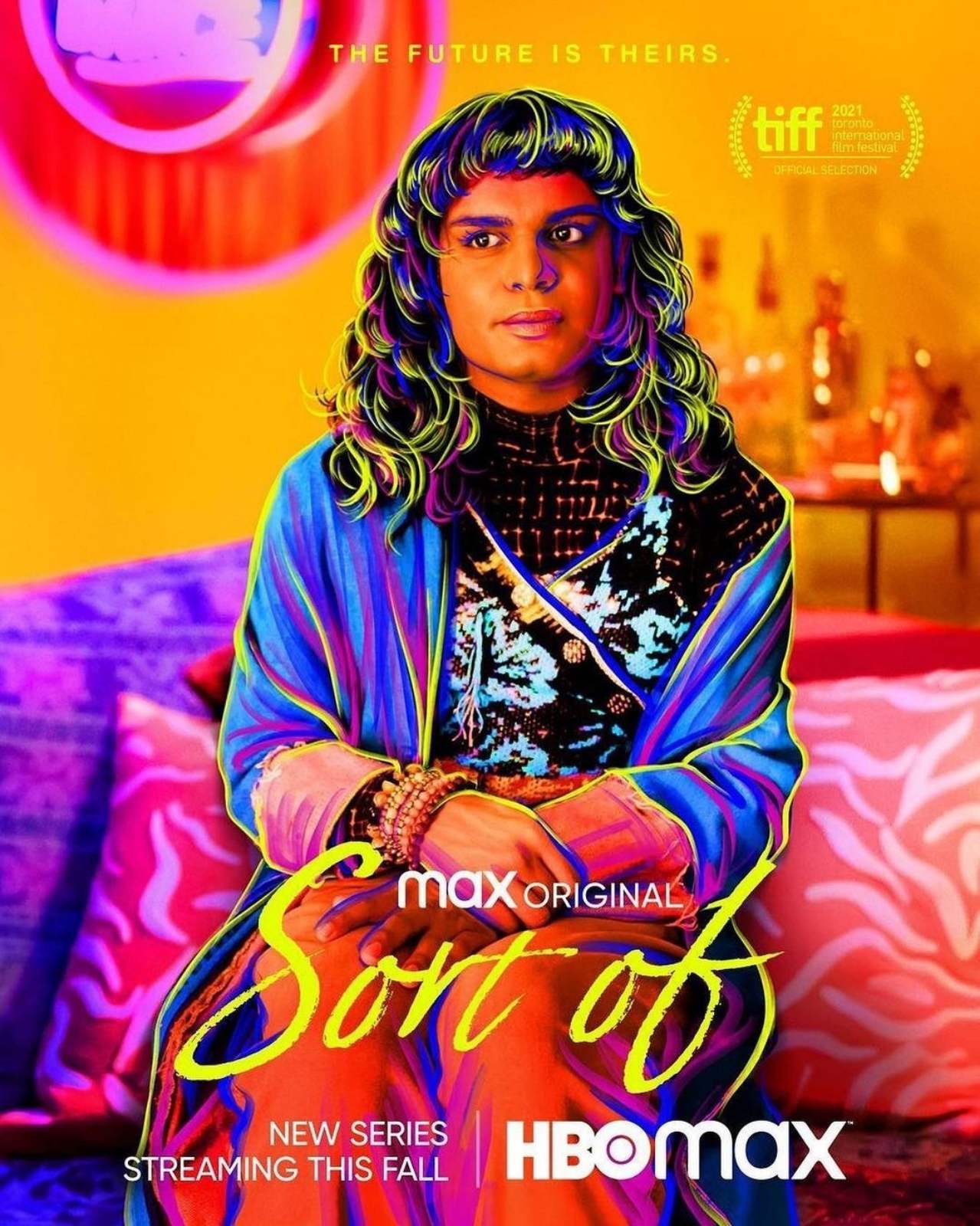
9. Red, White & Royal Blue – Limited Series (Prime Video)
After the hit film adaptation, the beloved queer romance returns in a serialized format, expanding on Alex and Henry’s story with new twists and deeper character arcs. It’s romantic escapism, elevated.

10. POSE: The Legacy (FX/Hulu)
This documentary miniseries honors the cultural legacy of POSE and the real-life ballroom legends who inspired it. Featuring interviews with cast, creators, and icons from the scene, it’s a must-watch tribute to queer history and resilience.
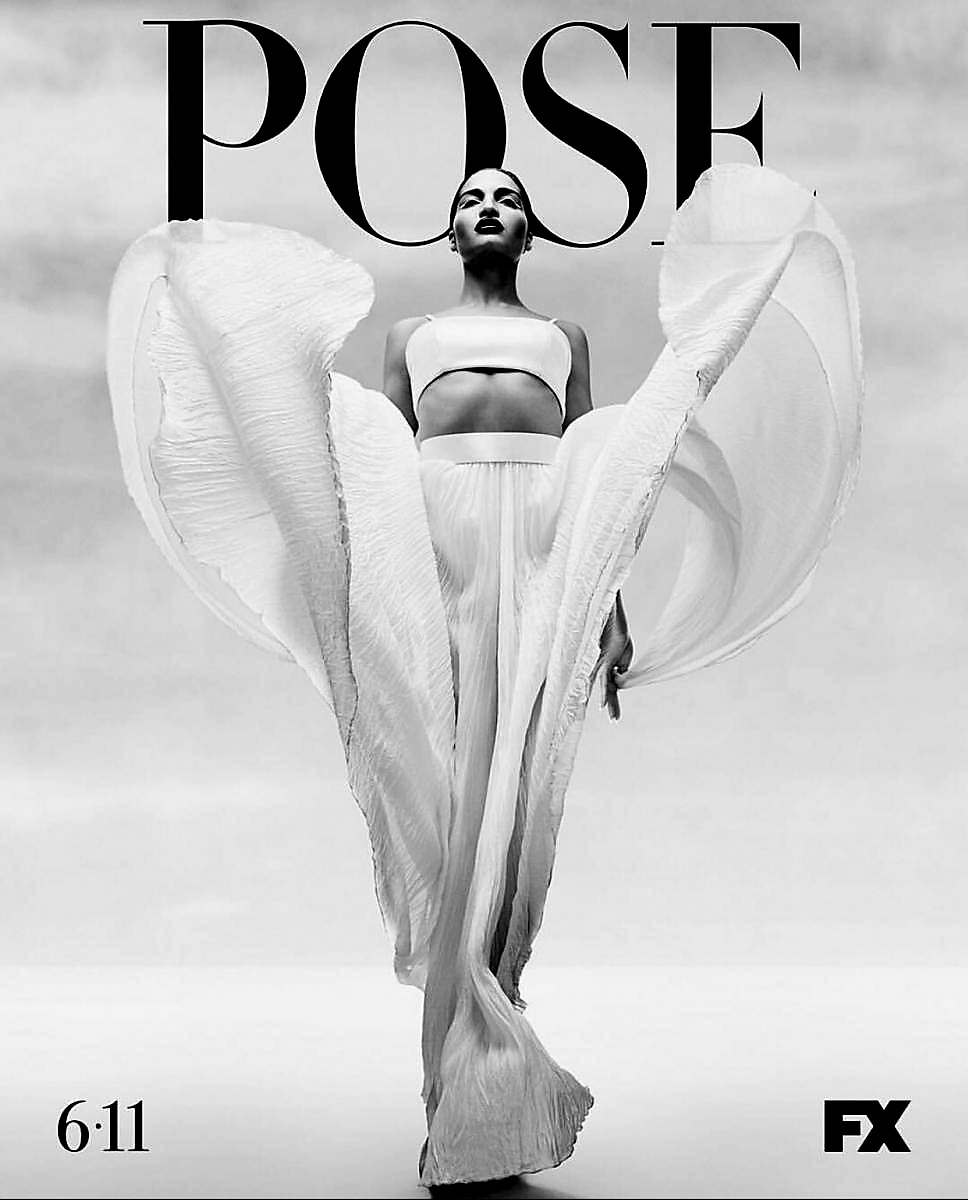
Whether you’re looking for laughter, tears, romance, or revolution, these Pride Month picks for 2025 offer it all—while honoring the complexity and beauty of LGBTQIA+ lives. So press play, turn up the volume, and let queer stories shine this June and beyond. Happy Pride! 🏳️🌈
Arts & Culture
Chaos and Clarity: Zen Aesthetic in Oj Hofer’s Art

by Jing Ramos |
Oj Hofer, our fashion contributing editor, is a Fine Arts graduate from the University of the Philippines. Though he began painting at the age of eight, his artistic journey took a transformative turn in 2013. While volunteering as a costume designer for Siddhartha: The Musical, he encountered Venerable Master Hsing Yun’s One-Stroke Calligraphy, sparking a deep devotion to Japanese sumi-e painting and kanji calligraphy. Over the years, he refined his craft, using his art to share the Dharma through exhibitions while supporting the Hsing Yun Educational Foundation. In 2022, his spiritual path deepened at Nan Tien University, where he embraced Zen and Humanistic Buddhism, shaping his artistic philosophy.
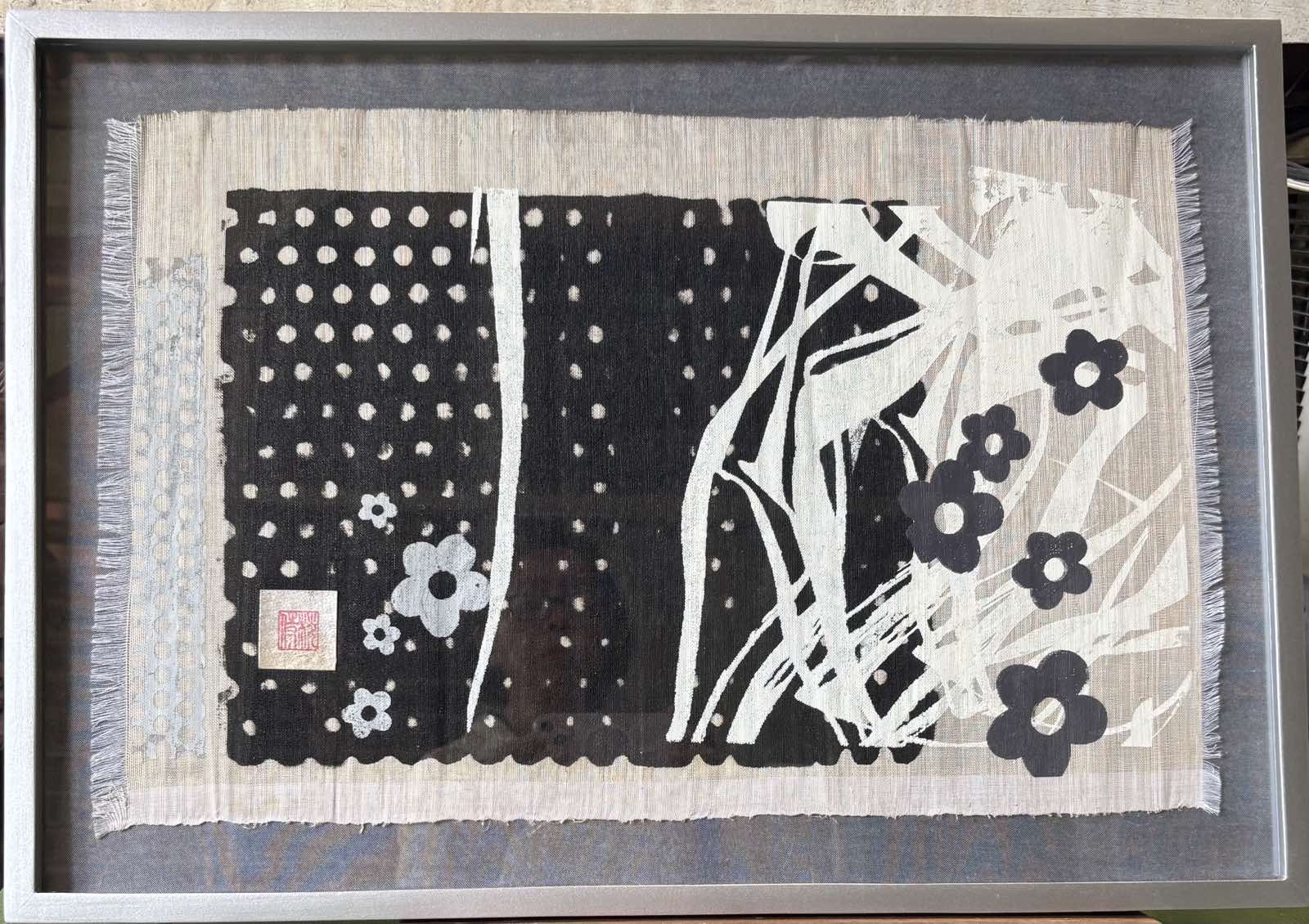
“Plum Blossoms in Moonlight.” Serigraphy on abaca.
In his recent works, Hofer merges traditional calligraphy with serigraphy, drawing inspiration from his friend Charles Lahti—an internationally recognized New York-based painter and printmaker. Lahti, known for his collaborations with post-war American artists like Robert Rauschenberg, Donald Judd, Andy Warhol, and LeRoy Neiman, introduced Hofer to silkscreen techniques. Through a workshop Lahti conducted in Cebu—arranged by their mutual friend Greg Urra—Hofer integrated silkscreen into his Zen artworks, particularly those on abaca.

“The Circle of Harmony” Serigraphy and Calligraphy on abaca.
Hofer’s cross-disciplinary approach challenges conventional Zen aesthetics. His layered paintings on abaca may seem far from tranquil at first glance, but closer contemplation reveals a meditative core. His serigraph of an Enso circle, for example, initially appears chaotic, filled with Tang Dynasty poetry and overlapping, repetitive forms. Yet, by focusing on a single calligraphic element, the viewer experiences a moment of clarity—a glimpse of awakening within the visual complexity.
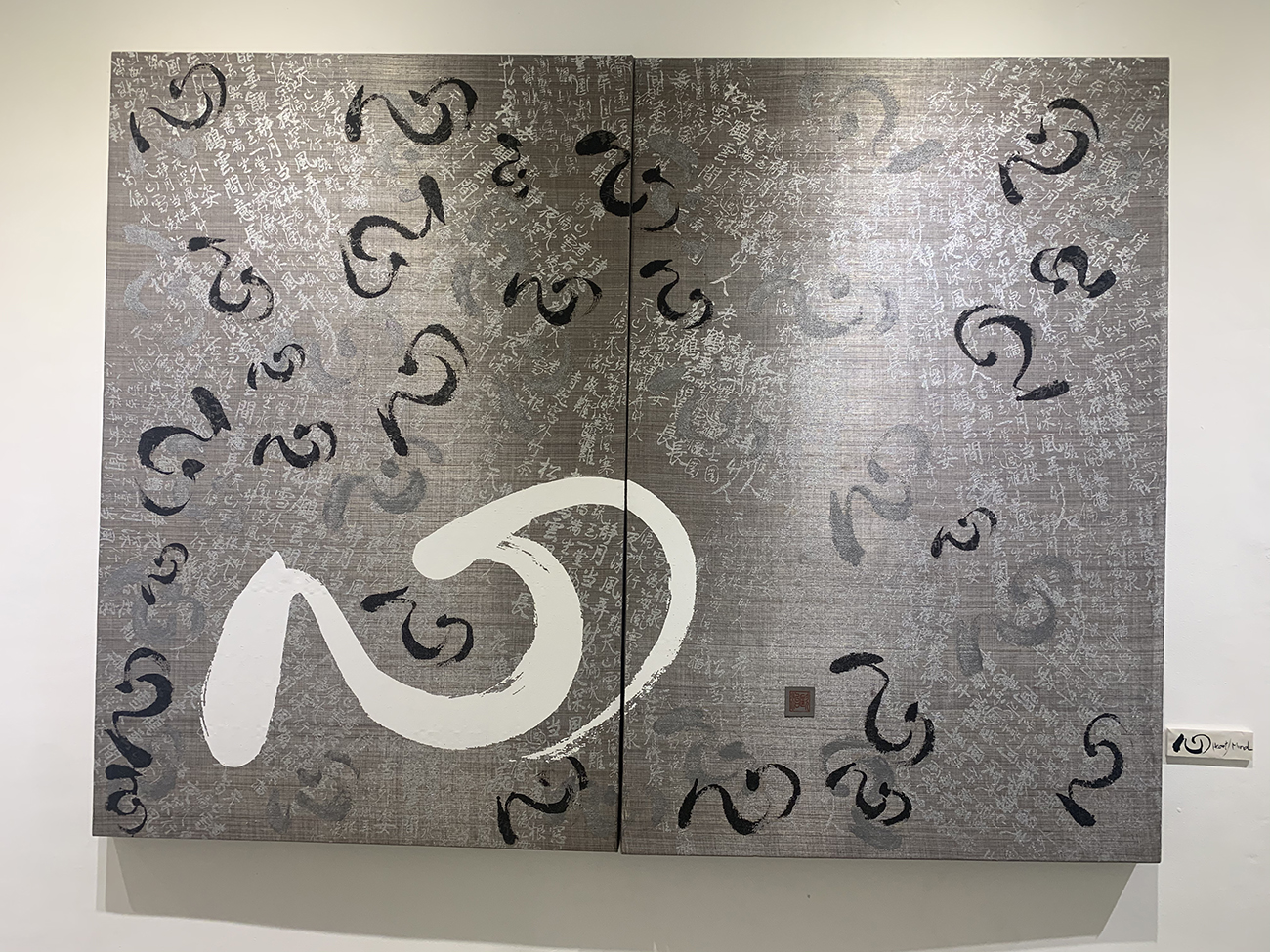
“Monkey Mind” Serigraphy and Calligraphy on abaca.
Even more engaging is his diptych Monkey Mind. At odds with the traditional Zen emphasis on negative space, this piece is deliberately busy, reflecting the restless nature of the mind. A distracted viewer may struggle to find a focal point, but one attuned to emptiness and presence will perceive clarity amidst the seeming disarray.

Ink and intention—creating calligraphy in support of one of my advocacies.
By fusing Zen philosophy with the discipline of serigraphy, Hofer invites his audience to look beyond surface impressions and discover stillness within movement, balance within complexity. His art does not merely depict Zen—it embodies the paradoxes at its core, offering a path to mindfulness through the act of seeing and the experience of doing.
Arts & Culture
What is Sappia? The Rice Myth Goddess of Bohol Who Helped Feed the People During a Great Famine
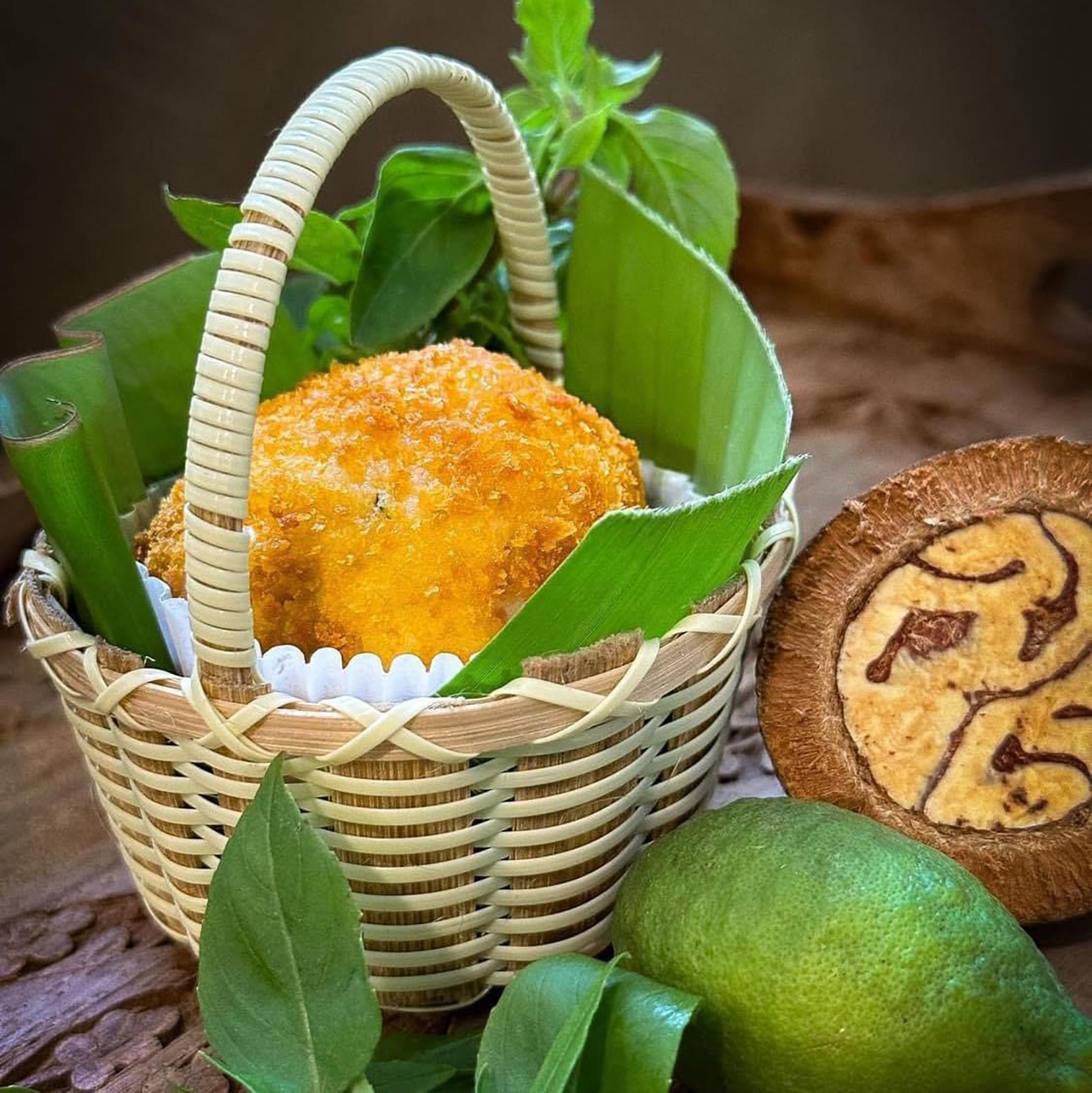
by Emma Gomez
The story began when the people of Bohol started to experience hunger and famine. All the livestocks were inedible and the fields were dried out leaving only weeds planted on the ground. The people prayed to the goddess of mercy, Sappia, to ask for food.

Sappia, the rice myth goddess of Bohol
Sappia, from the heavens, heard the cries of the people. She saw the dense population of weeds and offered to help them. Sappia thought of nourishing the weeds to be edible and healthy for the people of Bohol. Straightaway, she sprinkled the weed with milk from her bossom. She emptied each breast until blood came out. Before she left, she whispered to the weeds that they may be nourished and be able to feed the people.
When harvest season came, the people of Bohol quickly gathered the nourished weeds. They observed that the ones sprinkled with milk were white, while the other were red. They called the new plant rice and they replanted these in honor of Sappia, and for the people to devour.
-

 People2 months ago
People2 months agoThe Cardinals–an Amazing Gallery of Portraits on Cardinals in the Philippines by Artist Jun Impas
-

 QuickFx1 month ago
QuickFx1 month agoHill Station Baguio-Mitos Benitez-Yñiguez Raises the Bar with a Gastronomic Experience in a Cultural Heritage Building
-

 Style2 months ago
Style2 months agoFilippo Summer/Spring 2025 Menswear Collection-Fashion Designer Phillip Rodriguez Stays on Top of the Game
-

 People1 week ago
People1 week agoA Destination Wedding in Capiz; A Love Story in Focus
-

 QuickFx2 months ago
QuickFx2 months agoArt Beat–Maris Holopainen returns to the Original Qube Gallery Crossroads with a Smash Hit in Unscattered Voices
-

 Beauty & Wellness3 months ago
Beauty & Wellness3 months agoThe Lowdown on IV Drips–Dr. Victoria Jordan Sarmiento Opens Krowne Premiere Medical Aesthetics to Promote Overall Well-being
-

 Prime Target3 months ago
Prime Target3 months agoJamie Gellor–A Multihyphenate at the Intersection of Business, Beauty, and Wellness
-

 Events2 months ago
Events2 months agoSome Enchanted Evening–Marguerite Lhuillier hosts a Despidida Dinner for Eva Gullas in her Fabulous Post-Modernist Maria Luisa Mansion

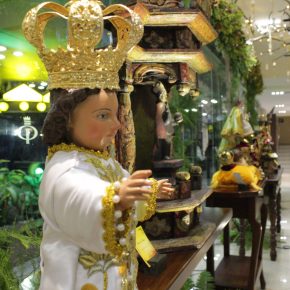
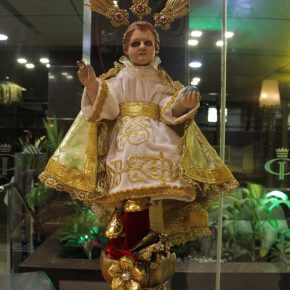


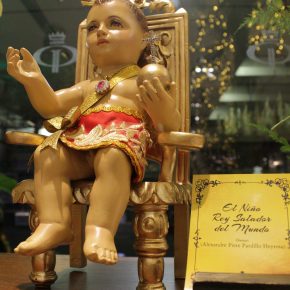

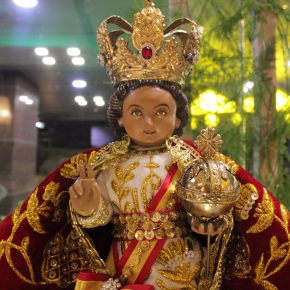



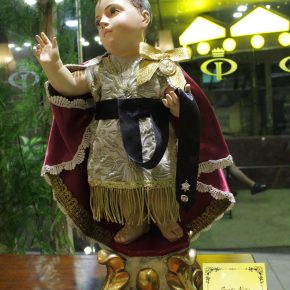
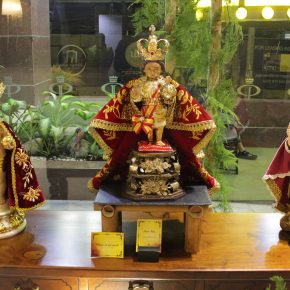
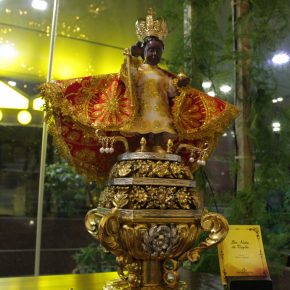





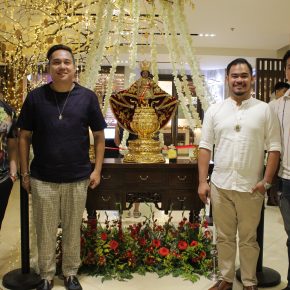











You must be logged in to post a comment Login